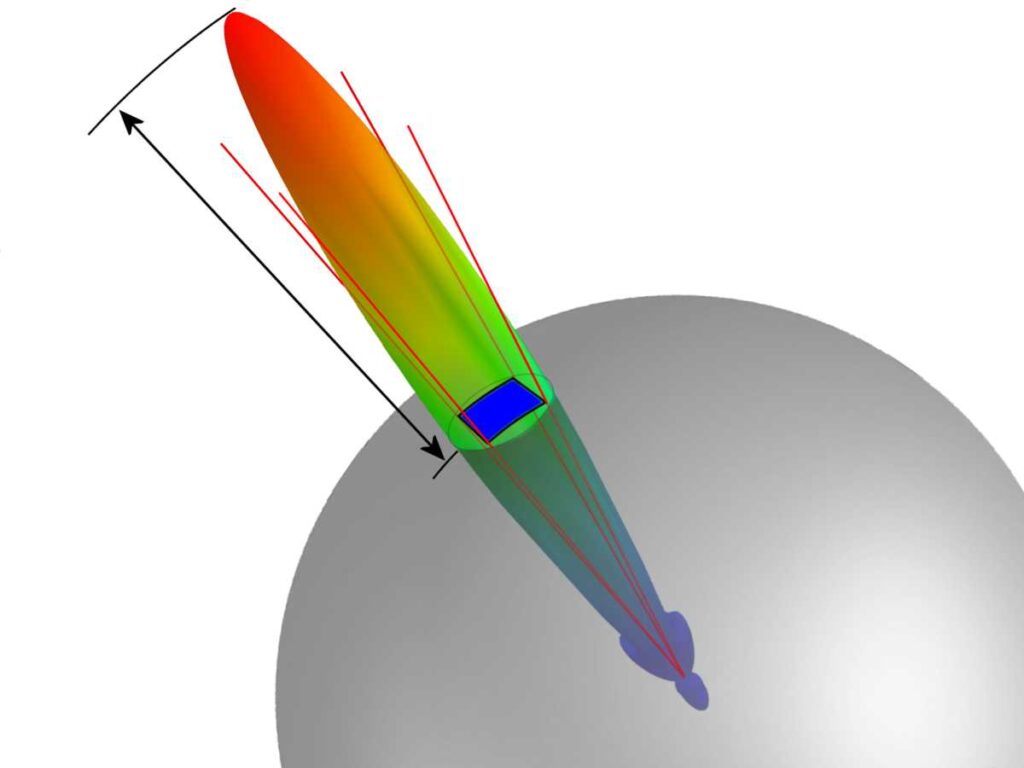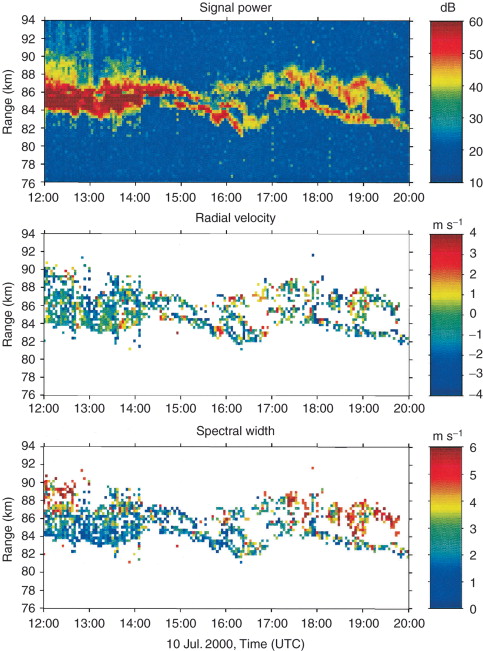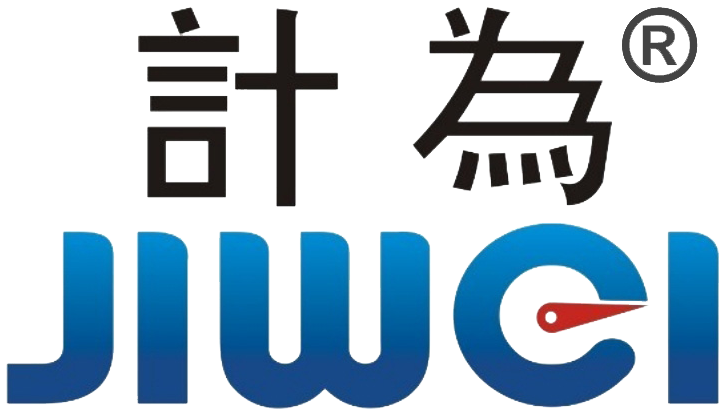Understanding Dynamic Range in Radar Level Transmitters
Radar level transmitters have become the mainstream solution for liquid and bulk solid level measurement across industries such as petrochemicals, metallurgy, food processing, and water treatment. In recent years, continuous advancements in radar technology have brought one performance metric into sharper focus—dynamic range. But what exactly is dynamic range in radar level transmitters, and how does it impact measurement accuracy?

What Is Dynamic Range?
In radar level transmitters, dynamic range refers to the ratio between the strongest echo signal a sensor can receive and the weakest detectable signal. It is typically expressed in decibels (dB). In simpler terms, dynamic range measures how well the radar can “hear” and “see”:
- The greater the dynamic range, the wider the spectrum of signal strengths the radar can detect, including very weak echoes.
- A lower dynamic range may cause weak signals to be lost, resulting in inaccurate measurements or even echo loss.
Think of it like a bat with exceptionally sensitive hearing, capable of detecting minute sound variations to locate prey. Similarly, a radar sensor with a high dynamic range can distinguish the true level signal even in the presence of foam, vapor, dust, or low-reflectivity media.

Why Is 120 dB a Breakthrough?
Most conventional 26GHz or early-generation 80GHz radar transmitters have a dynamic range of around 90 dB. In contrast, newer high-performance radar sensors now reach 120 dB, marking a generational leap in capability.
Here’s what that means in practice:
| Dynamic Range Increase | Sensitivity Gain |
|---|---|
| +3 dB | 2x |
| +30 dB | 1000x |
A jump from 90 dB to 120 dB equates to 1,000 times greater sensitivity, which can have a transformative impact on real-world measurement tasks.

Four Key Advantages of Large Dynamic Range in Radar Level Sensors
1. Reliable Measurement of Low Dielectric Constant (DK) Media
Media with low dielectric constants reflect radar signals poorly, making them difficult to detect using conventional radar devices. Examples of low-DK substances include:
| Medium | Dielectric Constant (DK) |
|---|---|
| Polystyrene Foam | 1.03 |
| Wood Chips | 1.10 |
| Palm Oil | 1.80 |
| Silica Powder | 1.20 |
A radar level transmitter with 120 dB dynamic range can accurately detect these weak echoes, making it ideal for applications in chemical manufacturing, food production, and environmental waste processing.
2. Stable Readings in Foaming Conditions
Processes such as fermentation, agitation, and aeration often generate foam, which absorbs or scatters radar signals. Traditional radar sensors can struggle under such conditions. However, a high-dynamic-range radar can extract even the faintest signals that penetrate the foam layer and deliver reliable level readings.
Ideal applications include:
- Bioreactors and fermenters
- Chemical reactors with agitators
- Food and beverage mixing tanks

3. Measurement Through Glass or Plastic Windows
Radar signals can pass through non-conductive materials like glass and plastic, enabling non-contact level measurement from outside the vessel. This installation method is especially valuable in high-toxicity or corrosive environments, reducing maintenance and improving safety.
With higher dynamic range, radar level transmitters can more reliably detect echo signals through these barriers, maintaining accuracy even when mounted externally.
Best suited for:
- Toxic or hazardous liquids
- Highly corrosive chemicals
- Hygienic or sterile process environments
4. Enhanced Performance in Harsh Industrial Conditions
On-site conditions often include condensation, dust buildup, or product sticking to the antenna, which can interfere with signal transmission and reception. A radar transmitter with a 120 dB dynamic range can more effectively filter out noise and distinguish true echoes from interference, ensuring continuous, accurate readings even under challenging environmental conditions.
Conclusion: Dynamic Range Defines the Radar’s “Vision” and “Hearing”
Dynamic range is not just another technical spec—it’s a defining factor in how well a radar level transmitter can handle complex, low-reflection, or interference-prone applications. Whether you’re dealing with foaming liquids, low-DK materials, external window installations, or condensation-related challenges, a radar sensor with a 120 dB dynamic range significantly widens the scope of what’s possible.
As high-dynamic-range radar technology becomes more accessible, industries are entering a new era of high-performance level measurement, with solutions that are not only more precise but also more adaptable to real-world constraints.
If your process involves tough measurement conditions, upgrading to a radar level transmitter with 120 dB dynamic range could be the key to consistent and reliable level monitoring—no matter the complexity.
